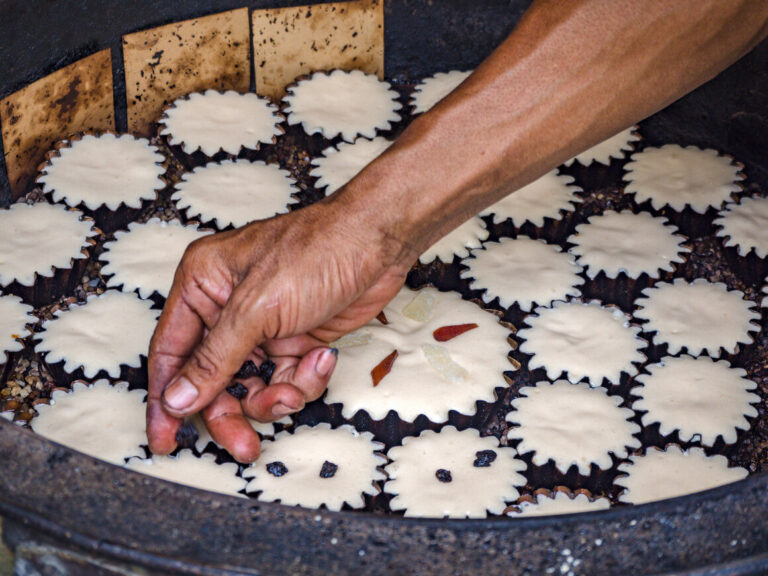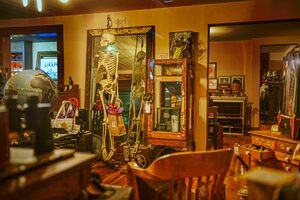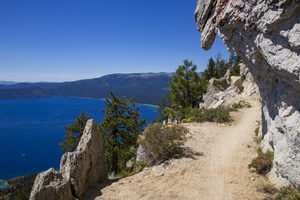Trinity Apse in Edinburgh, Scotland

The Trinity Apse was founded in 1462 by the Queen Mary of Gueldres, after the death of her husband King James II. An apse is the portion of a church, usually with an arched or domed roof and containing an altar. This gothic chapel was originally located in what was then known as Waverly Valley, the area between Calton Hill and the Old Town.
However, with the advent of the locomotive in the 1800s, the collegiate church was smack dab in the middle of the city’s plans for a new railway station—Waverly Station, named for the historical novel of the same name by Walter Scott, one of Edinburgh’s most prestigious authors.
A battle ensued involving the North British Railway Company and city officials—for 24 years they wrangled over an appropriate location for the holy institution. At first it was thought that Calton Hill would make an ideal locale, nestled between some of the city’s most luminary structures: the Nelson Monument, the City Observatory, and the National Monument.
Eventually an agreement was reached to put the church between Jeffery Street and Chalmer’s Close in the Old Town. While the argument of its new location went on, the chapel itself was being dismantled, with each piece numbered so that it could then be easily reassembled.
Individual segments had been hauled off to Calton Hill, so while the church waited for a consensus to be reached, sticky fingers found their way to the unattended historic building materials. So then the original design had to be adapted to make up for the “lost” segments. At Trinity Apse today, one can make out the jigsaw of numbers faintly etched on the masonry. Though access to the interior of the building is currently shut down, there are still a number of features to see.
There is an impressive line of gargoyles around the periphery of the roof (including one cheeky individual in a rather risqué position) Keep an eye out for images of “Green Men,” folkloric creatures symbolizing, appropriately, rebirth. Hugo van der Goes’s triptych altarpiece from the church can be viewed at the Scottish National Gallery. It is said to be one of the finest altarpieces of Scottish religious iconography.





